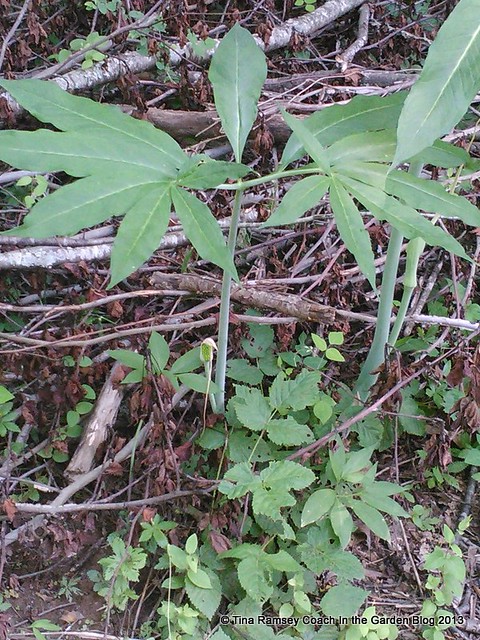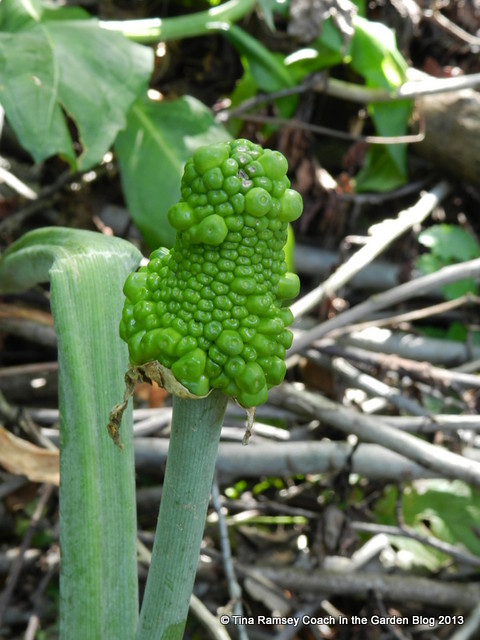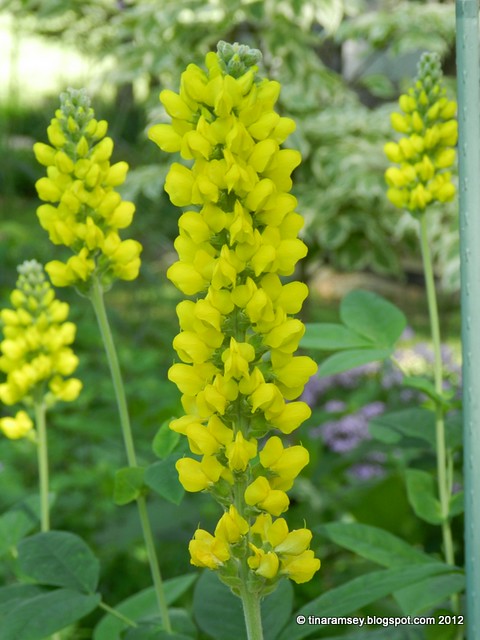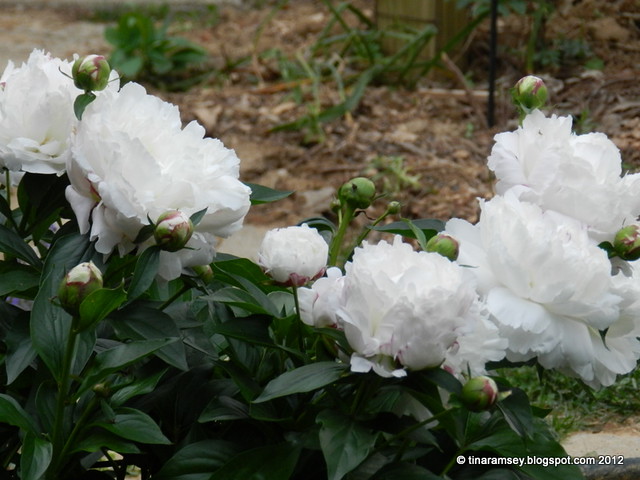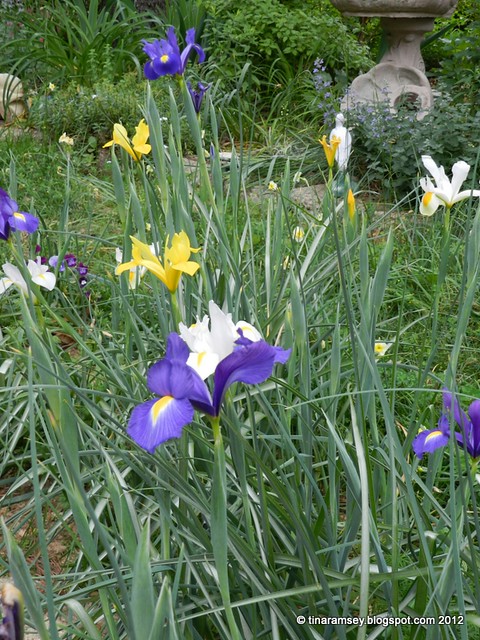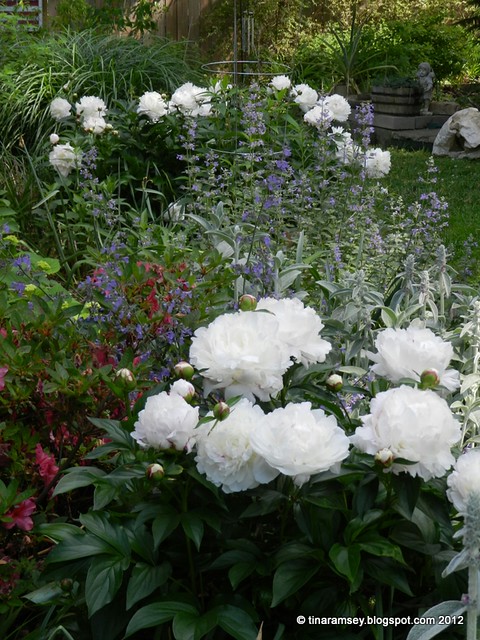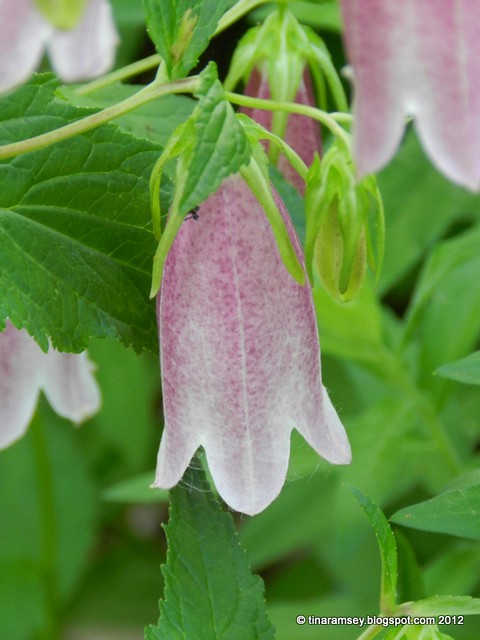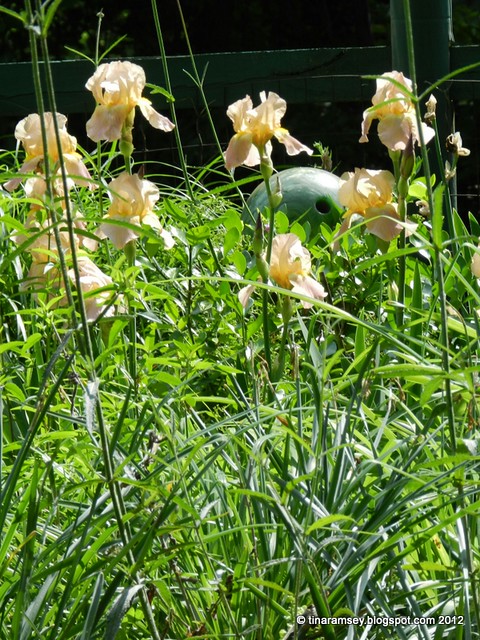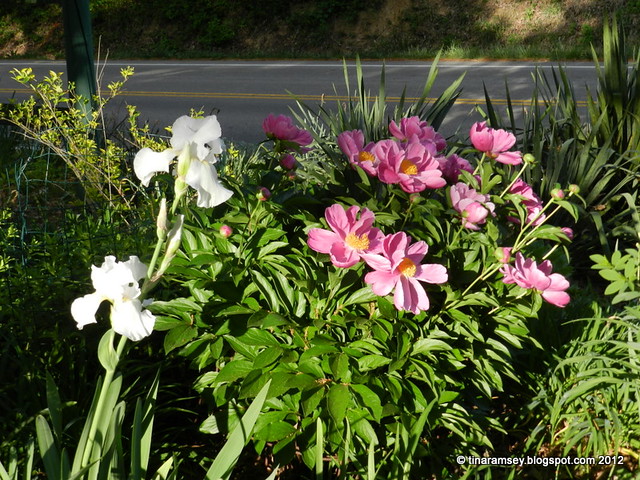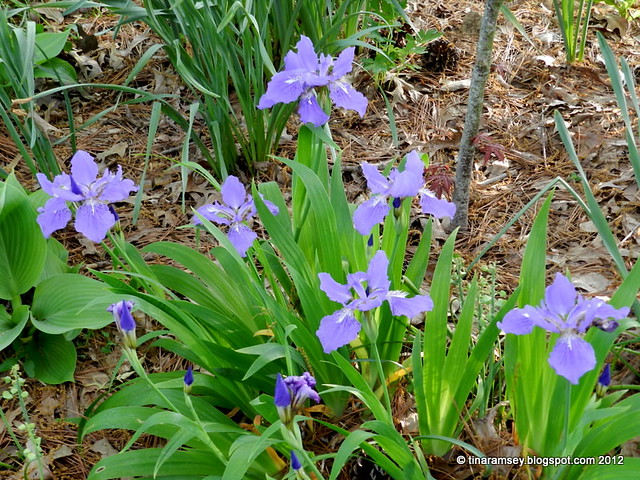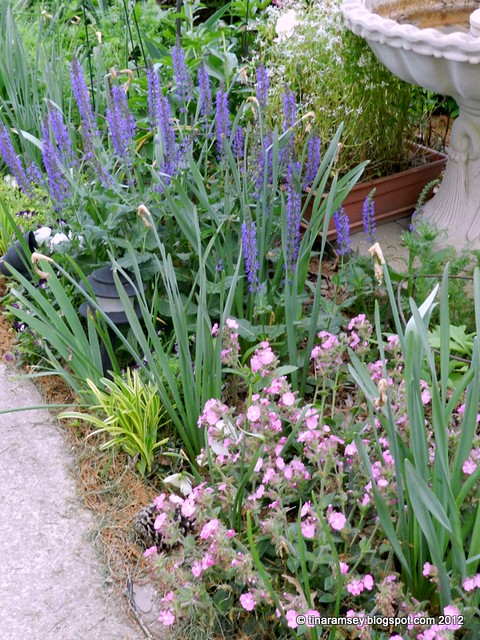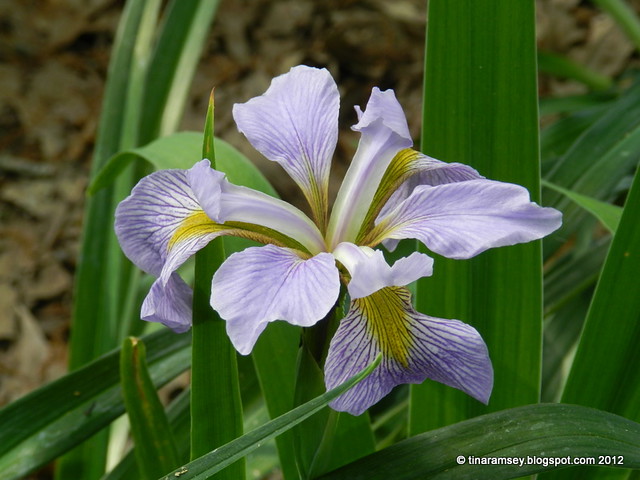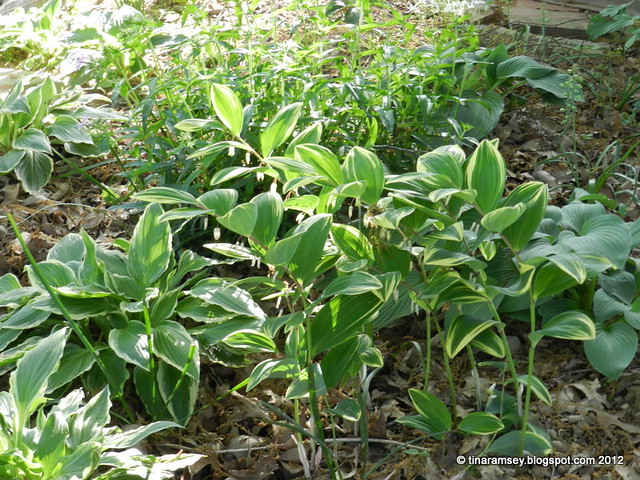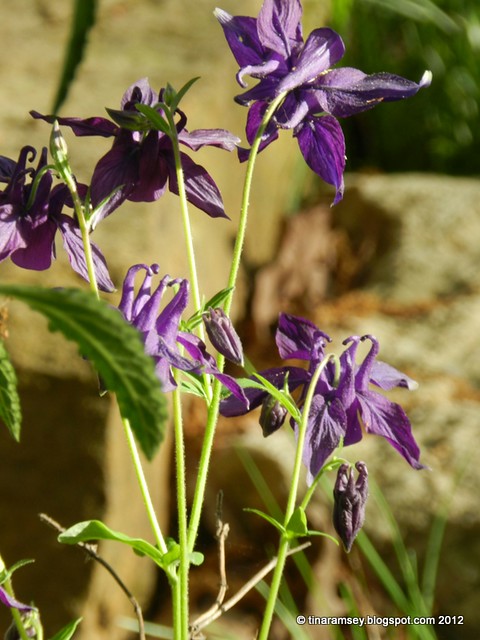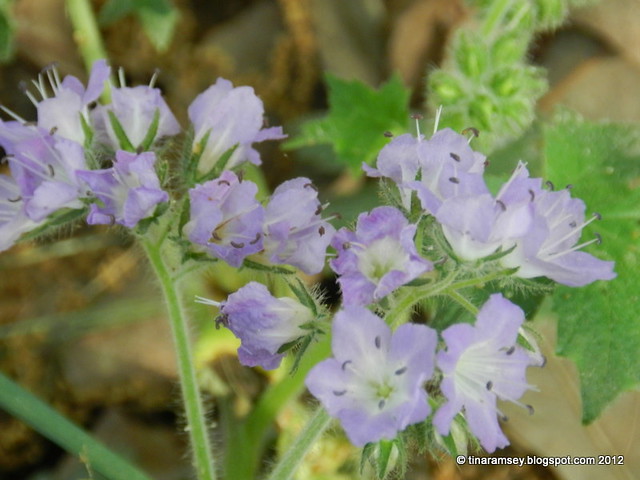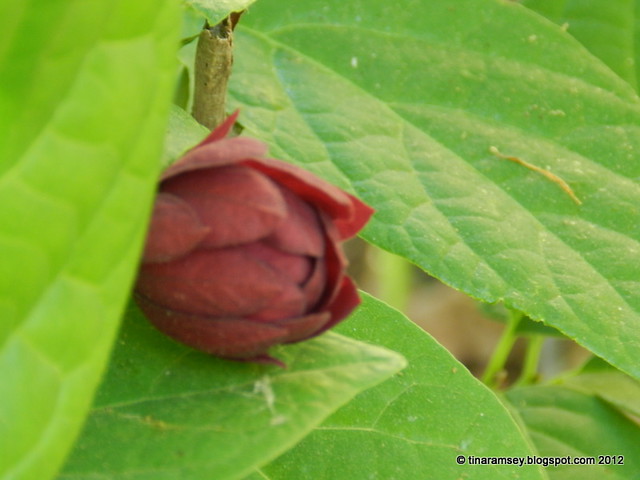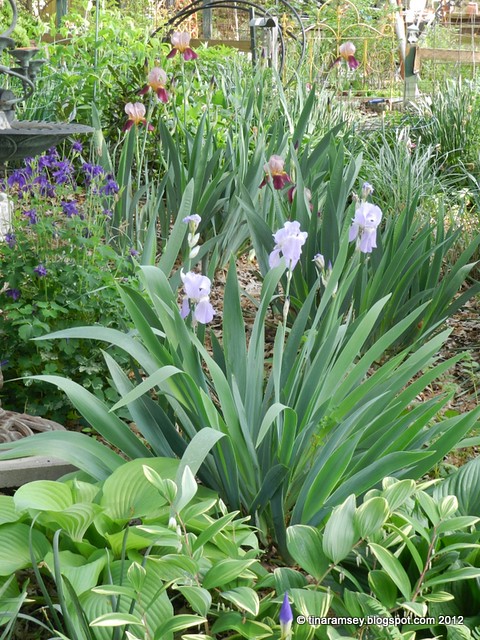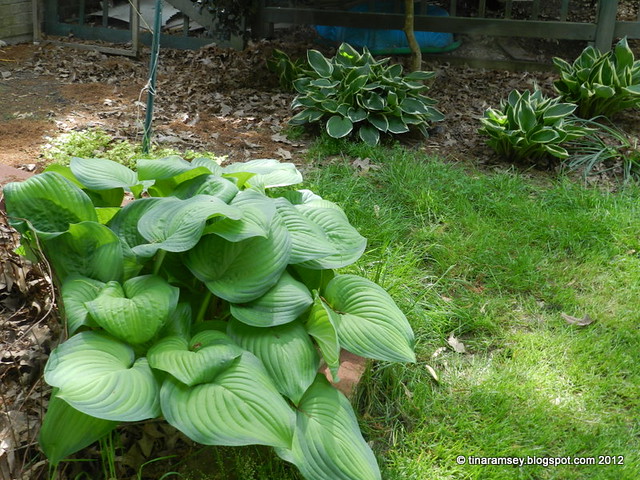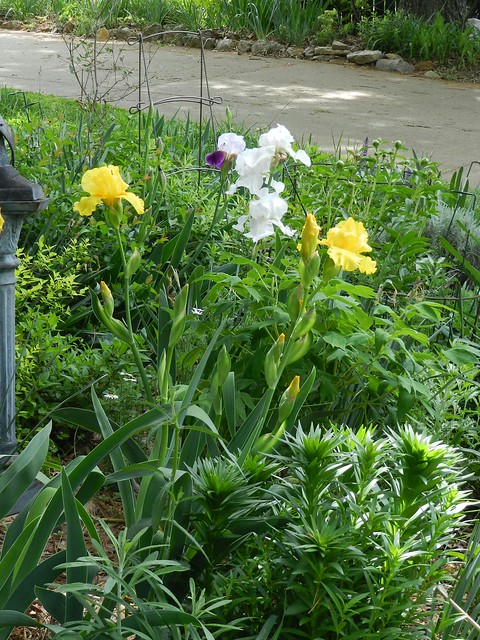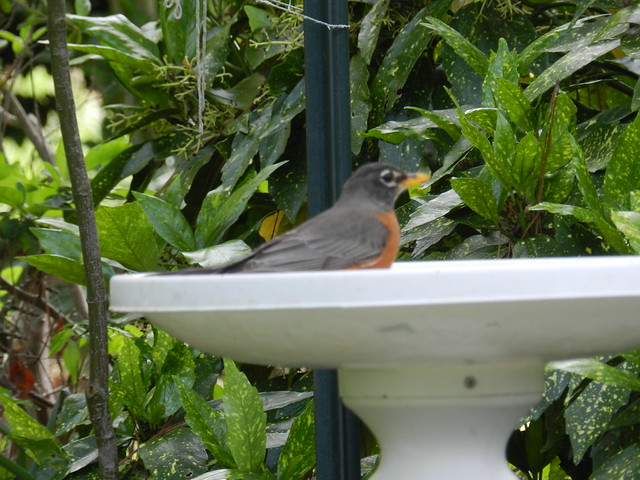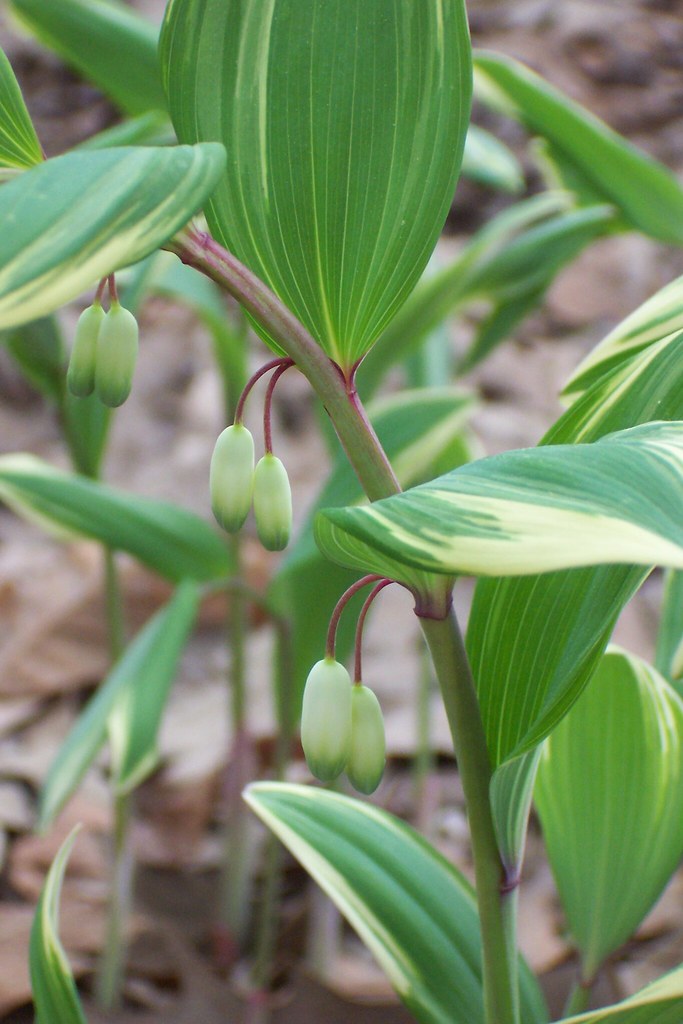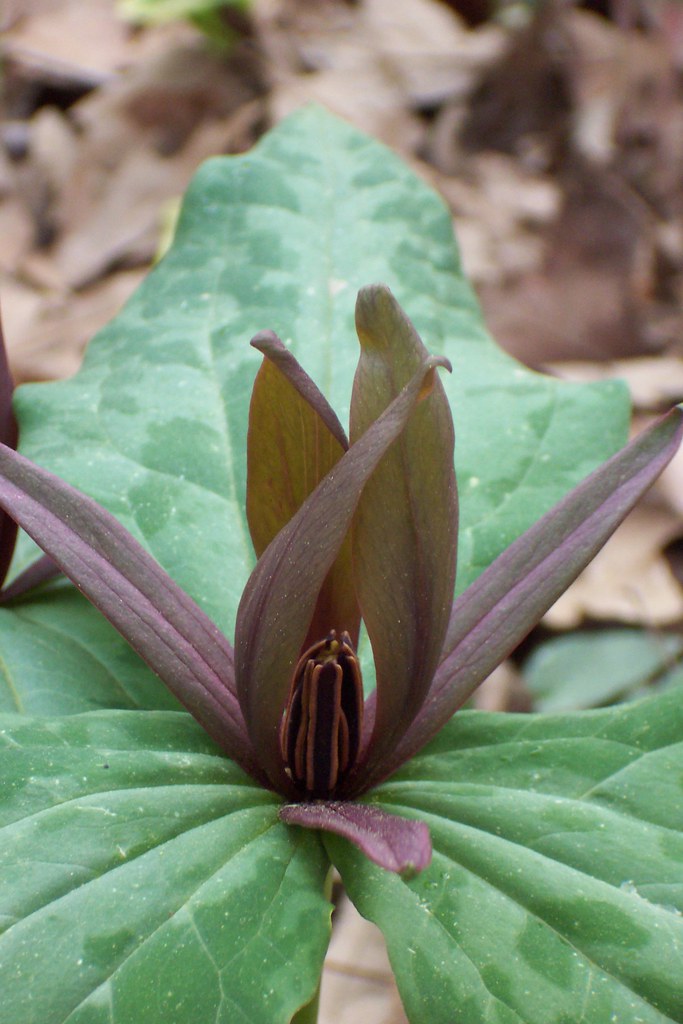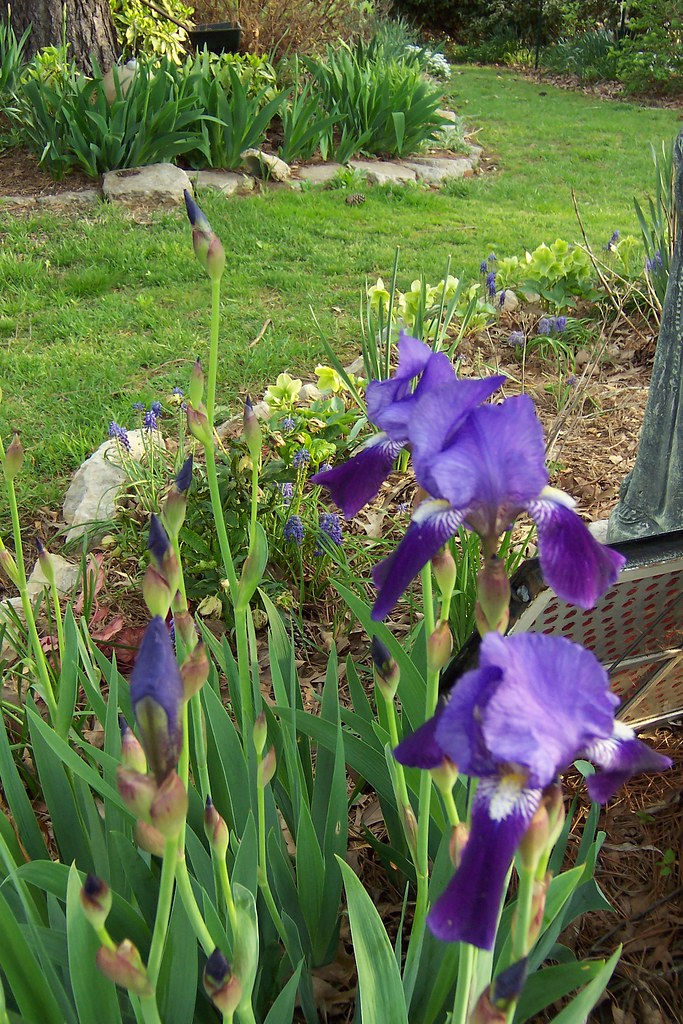
Farmer Fix-it says that one thing is for sure once we move to the farm, we will never go hungry. There is an abundance of food located on our land that we are only just discovering. We discover new and exciting things oftentimes because as we are clearing the land I say "Cut it all down!" Farmer Fix-it says "Let's identify it first." And it is a good thing he does insist on identifying trees because otherwise we might have cut down many desirable trees in our haste to clean up the land. Do you see the blueberries above? Blueberries in October you say? Yes, if you happen to have growing in your garden something commonly known as Farkleberries, aka Sparkleberry, Huckleberry, and Vaccinium arboreum.

This discovery had to be the most exciting for me yet because these small trees are beautiful! They grow in sun or shade, bloom their dainty white bell shaped blooms in the spring (I remember seeing them but at the time had bigger things on my mind), and make an all around lovely small tree or shrub because the leaves are small but very substantial in texture. It seems almost as if this blueberry will be evergreen in our garden. Time will tell on that.

This leaf is quite unique and it took us a while to identify the tree. The fact that berries are still on the small trees was most helpful. I took a bite of a blueberry and yes, the texture was all right, and the flavor was okay, until I got to the end, then there came a bitter taste-not at all like blueberries. But a blueberry this tree is indeed! The berries are mainly eaten by deer and birds of the forest but can also be used for making jellies for humans. I do not recommend eating them straight from the bush.

These blueberries, like all blueberries, love acid soil, (ours has a pH of 5.3 even though the area is made up of predominantly limestone soils), and they like sun or shade with a good cover of organic matter. Here is a shot of the gravel road where our driveway is located and I only just discovered all of these beautiful farkleberry trees growing alongside the road and am truly loving it. They are the ones with the small leaves mixed in with the oaks and other weeds.
Farkleberries are a native blueberry that can grow up to 25 feet tall-very slowly. We are blessed that we have so many good sized farkleberry trees on our land and plan to keep them as they make a good understory tree. I found a funny story while researching this native tree you all might like to check out. It includes things about Arkansas and politics and the name farkleberry.

One more thing we can eat while living on the land are black walnuts. Farmer Fix-it is one of those farmers that if you can't eat it, there is no sense in growing it. He has been fixated on finding black walnuts, cherries, wild plums (we found a plum in the woods while hiking the property), and pawpaws. Needless to say all of the ornamentals are my purview while the eating stuff is his thing. He was very excited to find several black walnut trees on our land. We actually found some farkleberry bushes growing under a black walnut tree with no visible ill effects from the black walnut tree. These are some of the black walnuts Farmer Fix-it has collected. He first soaked them in water in a five gallon bucket in order to separate out the floaters versus the good nuts. Once that was done he began hulling them and washing them. The water in the five gallon bucket turned black quite quickly. I guess that might be why they are called black walnuts? Now we are waiting on the nuts to dry before we eat them. We did try a fresh nut but even though the meat had great texture and there was a lot of it, it had a taste of something like resin mixed in; most likely because the nuts are not dried. Now we can't wait until they do dry so we can enjoy these perhaps in time for Thanksgiving....
in the garden....
Happy Columbus Day!
